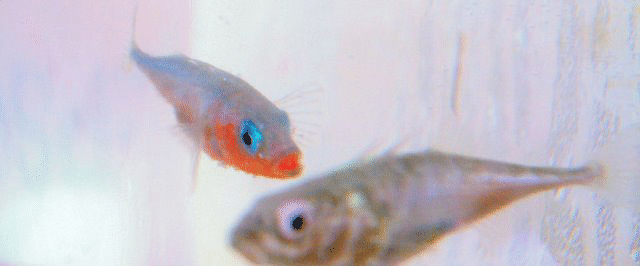Miia Mannerla
CV Pub
Baltic Sea has a unique species poor ecosystem consisting of taxa specifically adapted to brackish water conditions. The hydrographic characteristics of the sea make its fauna fragile to eutrophication effects, which have been manifested during the recent decade as deterioration in water quality and toxic cyanobacteria blooms. Zooplankton, the link connecting primary producing alga to higher trophic levels such as fish and sea birds, responds to environmental changes, and hence make a valuable indicator of eutrophication.
In my PhD study I attempt to find out the mechanisms behind changes in zooplankton (particularly the small cladoceran Eubosmina maritima) in relation to environmental change (eutrophication). When environmental conditions deteriorate, Eubosmina populations can survive through the inferior period by forming resting stages, which have the capacity to hatch when the conditions become favorable again. Also, this species leaves abundant quantities of subfossils (i.e. the chitin shell of the organisms) which are preserved centuries in the sediment.
The objective of my study is to use a resurrection ecology approach to studying environmental change. As part of Ulrika Candolin’s research group, I will take part in collecting buried eggs and subfossils of the ancient cladocerans from dated sediment, and attempt to make them to hatch in laboratory conditions in order to grow these unique remains into clonal lineages. The morphology of the clones and the subfossils representing the past populations can be studied under the microscope. The changes will be related to known changes in eutrophication (by making use of recorded long-term data in the sampled locations) e.g. by performing reaction norm experiments. Reaction norm functions measure how genotypes vary across an environmental gradient. When the genetic makeup of the organism is known (the genotyping for Eubosmina will be performed by Dr. Ebert’s laboratory in Basel, Switzerland) the plasticity of individuals to the presence of toxic cyanobacteria can be investigated. By this method it is possibly to examine the relationship between changes in the zooplankton community and human-induced environmental changes.

